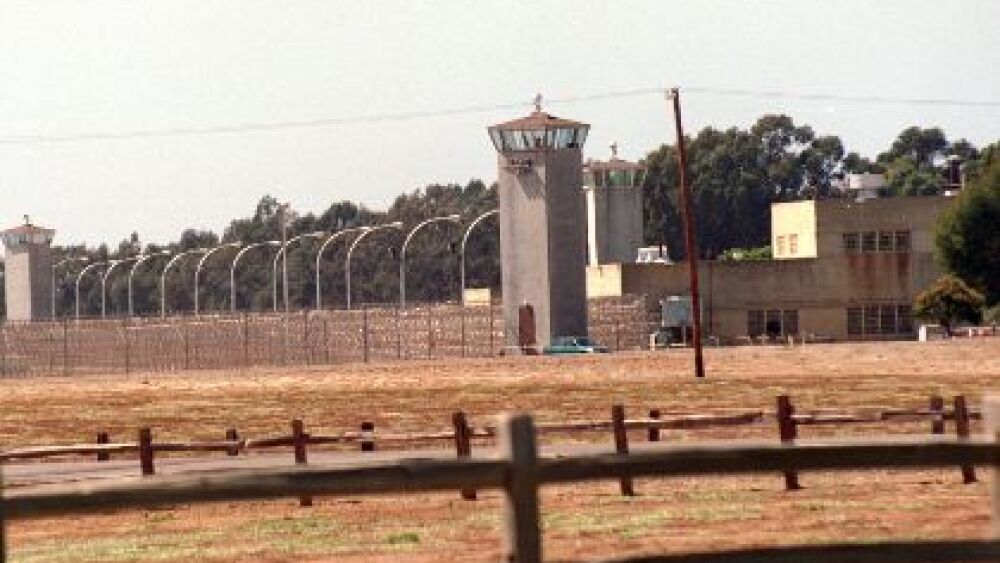By Dave Minsky
Santa Maria Times
LOMPOC, Calif. — Nearly all the inmates at Lompoc prison’s low-security Federal Correctional Institution have tested positive for COVID-19, although most have shown no symptoms, which officials believe may have contributed to the rampant spread of the virus inside the facility.
The information was disclosed via testimony during a Senate Judiciary Committee hearing on Tuesday in which lawmakers pressed Bureau of Prisons officials, including Director Michael Carvajal and Medical Director Dr. Jeffrey Allen, for answers about what measures staff has taken to contain the spread among inmates inside the Lompoc complex.
The prison complex, located five miles north of Lompoc, includes approximately 2,700 inmates in the medium-security U.S. Penitentiary and two satellite camps plus the Federal Correctional Institution, which houses more than 900 inmates.
Almost 1,000 inmates have been infected with the coronavirus at the Lompoc complex and four have died since the disease was detected inside the complex on March 31. The vast majority of infections were reported after the BOP instituted mass testing on May 4.
During the hearing Tuesday, Sen. Dianne Feinstein questioned Allen about the effectiveness of containment measures.
The bureau’s response was early, according to Allen, and evolved over the course of the pandemic, starting with screening inmates for risk factors, followed by mass testing and the eventual construction of a 50-bed mobile hospital unit to treat inmates on prison grounds.
“Asymptomatic transmission has caused particular challenges,” Allen said. “It illustrates the infectivity of the disease and difficulty controlling it in correctional environments.”
Additionally, the BOP has placed more than 3,700 inmates into home confinement, according to Carvajal.
A March 26 memo gave BOP officials discretion to place inmates deemed at-risk for the coronavirus into home confinement, although the process has faced criticism for being too sluggish.
The actual number of home confinements have accounted for less than 2 percent of the total federal prison population, which Sen. Kamala Harris said is too low.
She asked Carvajal how many are eligible for alternative custody, although he couldn’t provide that figure.
Lawmakers also scrutinized the criteria, which includes prioritizing inmates who have served at least half their sentence, or have served at least 25% of their sentence with 18 months or less remaining, according to Carvajal.
A federal judge in May ordered the BOP to expedite the home confinement process for inmates at FCI Danbury following a class-action lawsuit filed by four of its inmates. A similar lawsuit was filed by four inmates at the Lompoc prison on May 16.
“We must weigh public safety,” Carvajal said, adding prison officials have an obligation to uphold the sentences handed down by courts and to ensure inmates aren’t placed with the people they victimized.
Carvajal called the process a “huge undertaking” that has required officials to determine which inmates have a greater need. He also emphasized that inmates on home confinement still are considered under custody of the bureau.
———
©2020 Santa Maria Times, Calif.












